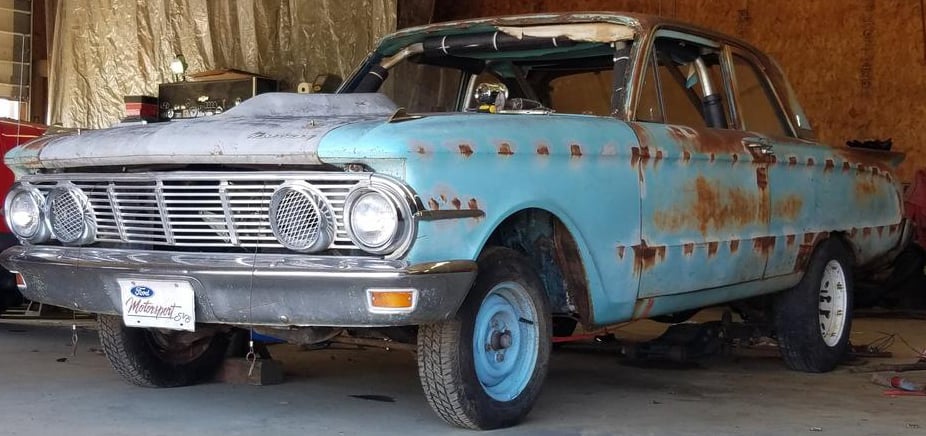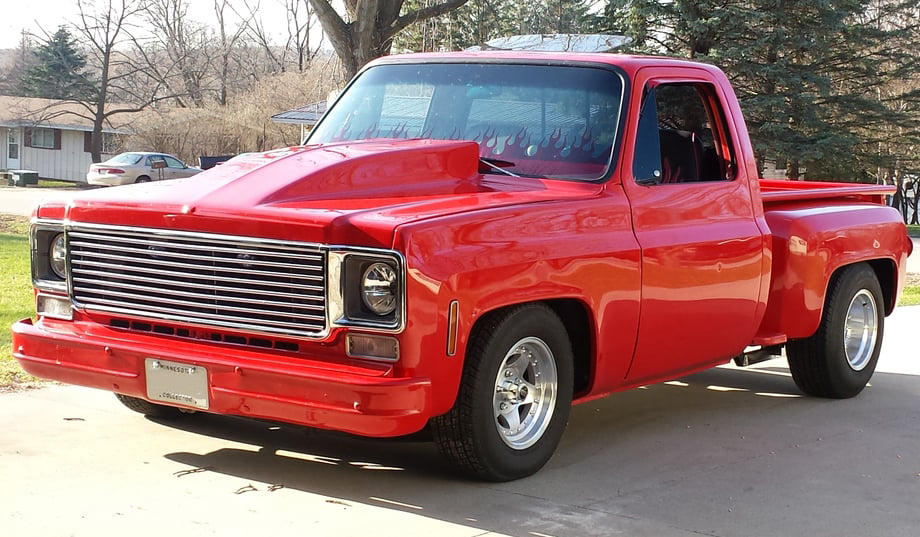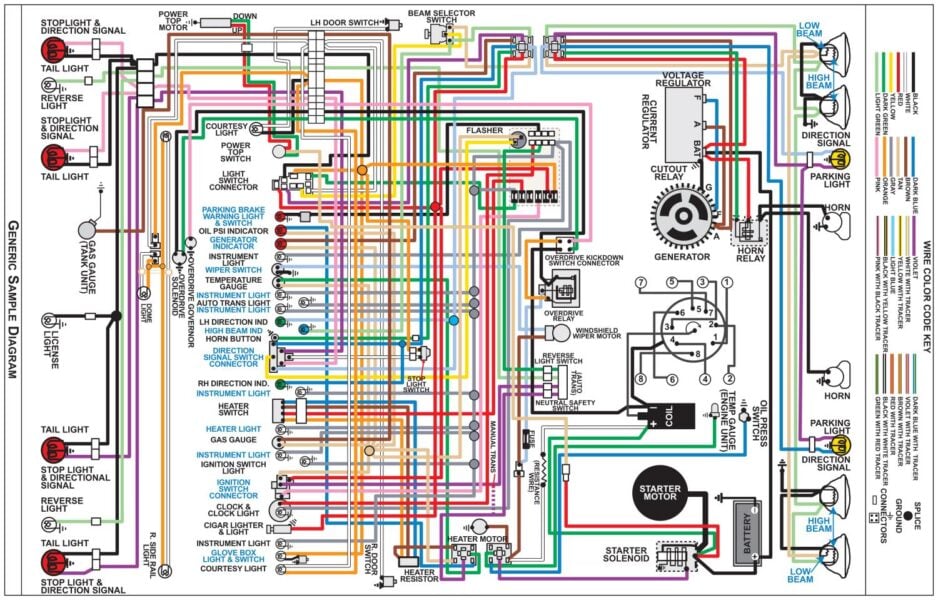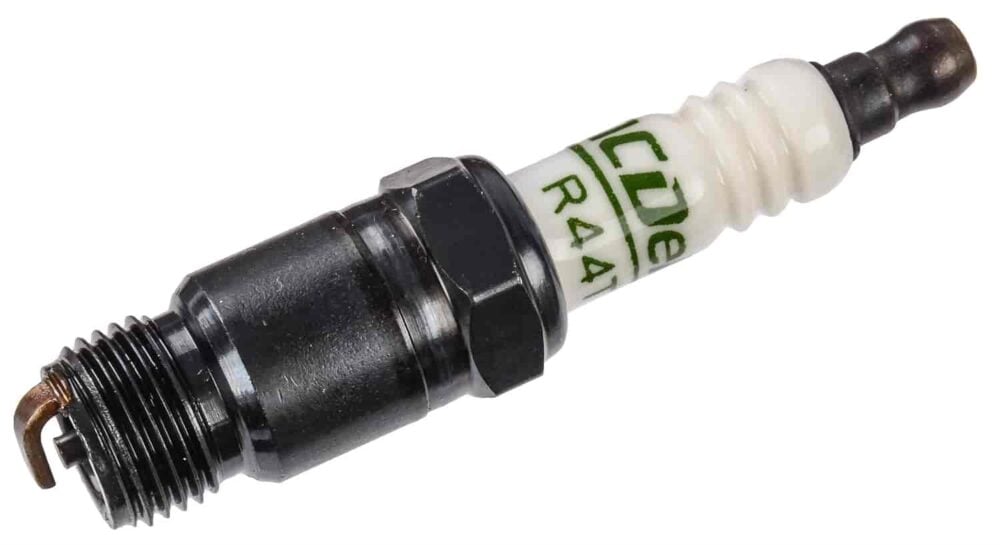
So you've decided to buy and restore a classic Mustang. While that's a step in the direction of owning an integral part of American automotive history, there are several other decisions you’ll have to make before this dream can be a reality.
For instance, you need to decide which year of the car you want to acquire for a classic Mustang restoration project. Then, you need to get all the necessary parts and start bringing the vehicle back to proper order.
While the process isn’t easy, this comprehensive guide will help you make these decisions — from what model to pick to scenarios to prepare for and tips in mind.
Selecting the Right Mustang for Restoration is Key
Any classic Mustang restoration project starts with the same step — acquiring the car. The Mustang has been in continuous production since 1964, and the first generation of the vehicle, made until 1973, is widely considered a true classic. These cars are also some of the most sought-after, so if you choose to sell one down the line, you will get a great return on your investment.
Even within the first generation, multiple models and engine options exist, so the right one will come down to what you’re looking for.
That said, looking for something like a 1967 or 1968 Mustang Coupe is a great idea because 1967 is the year Ford made some significant changes to the original. The Mustang grew in dimensions, received notable stylistic changes, and most importantly, could now accommodate a thundering big-block V8.
The 1968 Ford Mustang GT Fastback also featured in the cult-classic Bullitt and, at the hands of Steve McQueen, went on to become an international star. Cars from this model year are still extremely popular for this reason.
As you can see, there are several reasons to try and buy a Mustang from the first generation, and you can’t go wrong with something like a 1967 or 1968 Mustang coupe.

Things to Consider Before Getting Started
Deciding on which model year Mustang to get is just the first step. When restoring a car, especially one like a Mustang, it’s essential to approach it with the right mindset.
Factors like setting a budget and a timeline for yourself or sourcing parts and kits for the car are all important things to consider. Here are a few important considerations to keep in mind before getting to work on your car:
Decide on Your Goal
It is always good to have a clear end goal before starting your classic Mustang restoration. Is the restored Mustang going to be yours, or do you plan on selling it? If you keep it, will it be your daily driver, something you take out occasionally, or just a show pony at a car show?
Answering these questions will let you decide what parts need to be ordered and how long you should commit to the project.
Set A Budget
Setting a budget is as important as deciding on the end goal with your restored Mustang. Answering the above questions should also allow you to narrow down a budget for the restoration. If you’re entering the car in classic shows, sourcing original parts can be costly, not to mention arduous.
On the flip side, if it’s going to be your personal daily driver, you can allow yourself a little more room with what you want to do with the car.
Know What’s Possible
Once you set your goal and budget, it’s important to try and stick to it. It’s easy to get carried away during the restoration process, and you don’t want to spend more money than you initially intended.
Knowing your way around a car can save on labor costs and channel some money towards sourcing parts. On the other hand, if you’re not the most technically adept person, getting the help of a skilled professional will help you avoid any issues or hiccups in the restoration process.
Tips on How to Get Started
Once you’ve acquired the car and decided what to do with it, you can finally start your classic Mustang restoration project. Figuring out some of these bits in advance will save you time and money while making the whole process much more enjoyable.
Find Your Baseline
Starting your restoration project isn’t going to be easy, but the first step will be analyzing what problems you have to tackle first. You can do this yourself if you know what to look for, or you can get the help of a professional. This is a crucial step towards a restored Mustang as it will decide most decisions you have to make.
Source Parts
Once you know the car’s current state, you can go ahead and source parts for it. You have the option of salvaging parts from another donor Mustang and refurbishing it, or you can order new parts. The latter is generally the more recommended option because you know the condition of what you’re getting, and newer parts are less likely to cause you trouble.
Find the Help You Need
Once you’ve sourced your parts, figuring out what you need help with will make the restoration go much more smoothly. For instance, a 1968 Mustang coupe engine is relatively simple to work on; however, you may find yourself in situations that require special tools or equipment. Similarly, if you intend to add more modern features to the car, you might need help with the installation.
JEGS for Mustang Restoration
A restored Mustang is an excellent car to own. However, sourcing all the right parts and putting them together can be cumbersome. Luckily, JEGS has a vast inventory of parts for Mustang and classic cars and spares that can make the process significantly easier. From exterior and interior elements to components for the engine and transmission, there are multiple trusted options to choose from. To see all the compatible Mustang restoration parts for your vehicle, all you need to do is enter the make, model, and year of your car on the website.





